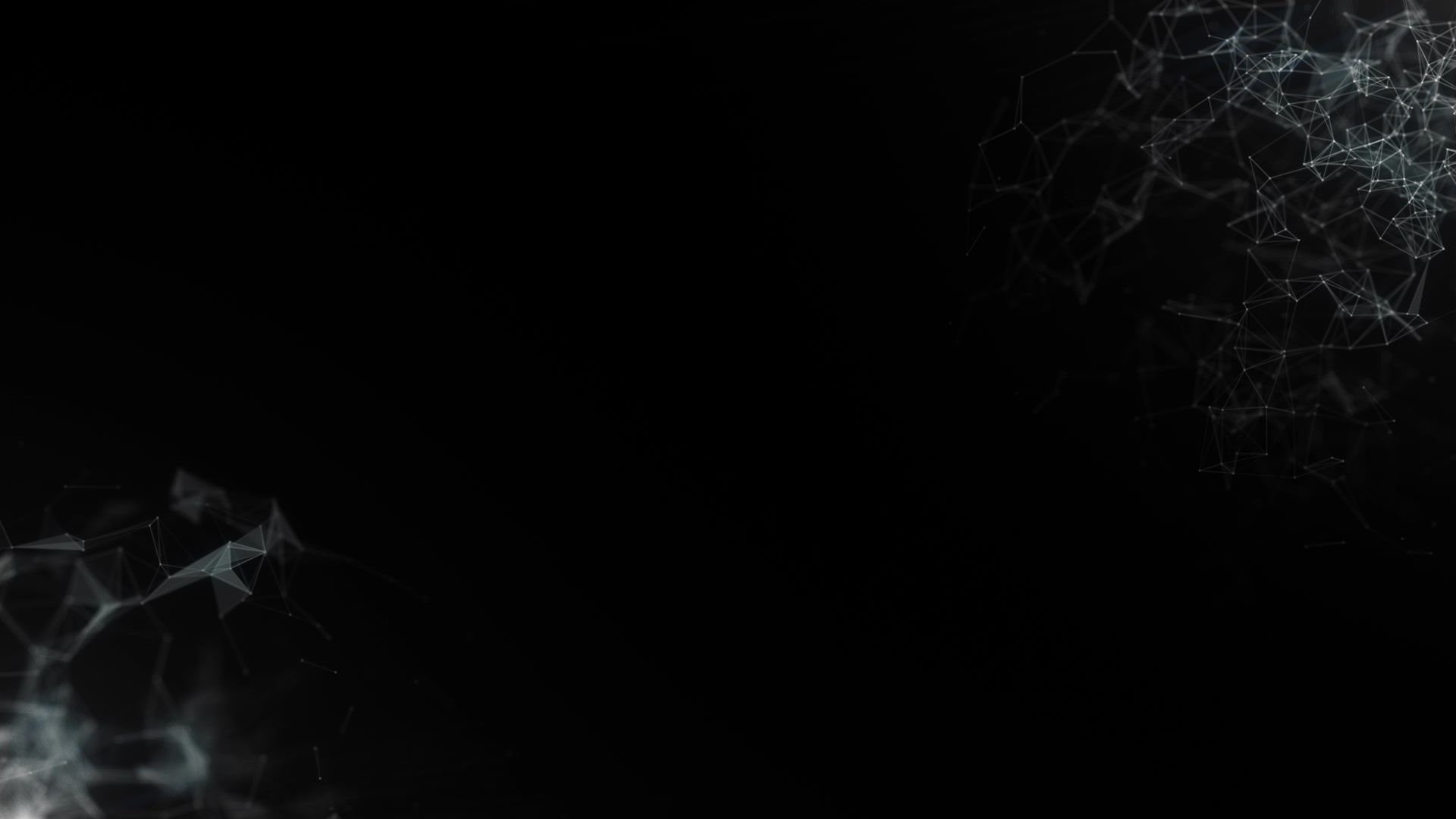Shining Light into the Baroque
- Steven A. Kennedy

- Oct 22
- 3 min read
Into the Light: Rediscovered Chamber Music by Christoph Graupner and others Musicians of the Old Post Road: Suzanne Strumpf, traverso. Sarah Darling, violin and viola. Jesse Irons, violin. Marcia Cassidy, viola. Daniel Ryan, cello. Benjamin Katz, harpsichord. OPR Recordings OPR001 Also available digitally. Total Time: 57:08 Recording: ****/**** Performance: ****/****
Based in Boston, the Musicians of the Old Post Road are a chamber group that focuses on the performance of Baroque to early-Romantic works informed by period performance practices. Their unique programming provides an opportunity for audiences to experience music beyond the standard repertoire with oft-forgotten, or neglected pieces gracing their programs. The current release focuses on music by Christoph Graupner (1683-1750), a contemporary of Bach and Handel who worked his way from Leipzig, to Dresden, and eventually Hamburg where he would be the harpsichordist at the opera house. He would eventually become the Kapellmeister for the Landgrave of Hesse-Darmstadt, Ernest Louis. A “Chaconne” by his patron is included here, and the album also provides some additional contrast with a work by both Johann Friedrich Fasch (1688-1758) and Telemann (1681-1767).
Graupner’s music is often intriguing because he is among those still exploring the new sounds and genre combinations of the time. With the equally experimenting Telemann, a close friend, the two created a large body of work often marked with interesting compositional choices and colors. Graupner’s style is less dependent on endless sequencing, especially harmonically, one can hear some of the spinning motoric drive here, but the music can shift in unexpected ways as it bubbles along. He also experimented with the idea that not all instruments needed to play all the time, adding sections where rests helped add a new level of textural transparency. It is this interest in instrumental colors and combinations where one can enter into his unique soundworld in the four works on this album. The opening Quartet in g, GWV 724 (1720/21—the years of Bach’s Brandenburg’s) has a concerto grosso feel and is features some great contrapuntal writing and a delightful concluding gigue. The Trio Sonata in b, GWV 219 (c. 1744) has a fascinating full harpsichord texture which explores the instrument’s range. Written in 1741 it exhibits some of the shifting styles that lead us into the Rococo, exploring here shifts in affects. There is also a humorous little “cuckoo” flute idea in the trio. The album concludes with an equally engaging flute concerto (c. 1732) with interesting effects.
As mentioned, there are three works by contemporaries. First is a fine little Sonata a Quatro in G, FaWV N: G1 by Fasch (c. 1740) who was a student of Graupner’s in Leipzig. The other is Telemann’s Quartet in d, TWV43:d2 (pub. 1742) in a performance using a French version of the score where the flute replaces a first violin part. The aforementioned brief movement from Ernest Louis also provides some historical interest and connection to the program.
For those interested in music of the Baroque, Into the Light features some wonderful surprises. The minor key works have a bit more interesting harmonic material and affectation while the major key ones exhibit sheer joy. The programming allows for these contrasts to come through well. All of this is captured in wonderful acoustics from Distler Performance Hall of Tufts University. The warm tone of the ensemble provides an equally enjoyable entry into discovering these rare works. While listeners tend to gravitate towards the familiar musical worlds of Bach and Handel, it is well worth one’s time to expand outward to the musicians who were among those experimenting with the musical materials and instruments of their time. Graupner alone wrote over 2000 pieces and there is a wealth of wonderful music their to be enjoyed.
The period instruments here definitely help lend these performances a greater intimacy and more perfect balance than might have occurred in a modern larger orchestral support. Nice touches in the continuo lines include the addition of a lute or baroque guitar. The balance is well-captured in the recording.
Graupner’s music is quite engaging and will be a unique surprise for those who enjoy discovering composers whose music is a testament to the evolution of Baroque styles into the more formal compositional architecture that would become the Classical style. The sequencing of the concerti makes this an even easier disc to appreciate as the bassoon works are spread out making them easier to appreciate as individual works. The performances are all recommendable and worthy of attention and it is perhaps worth noting that three of the works receive their World Premiere Recordings here. Highly recommended.





Comments